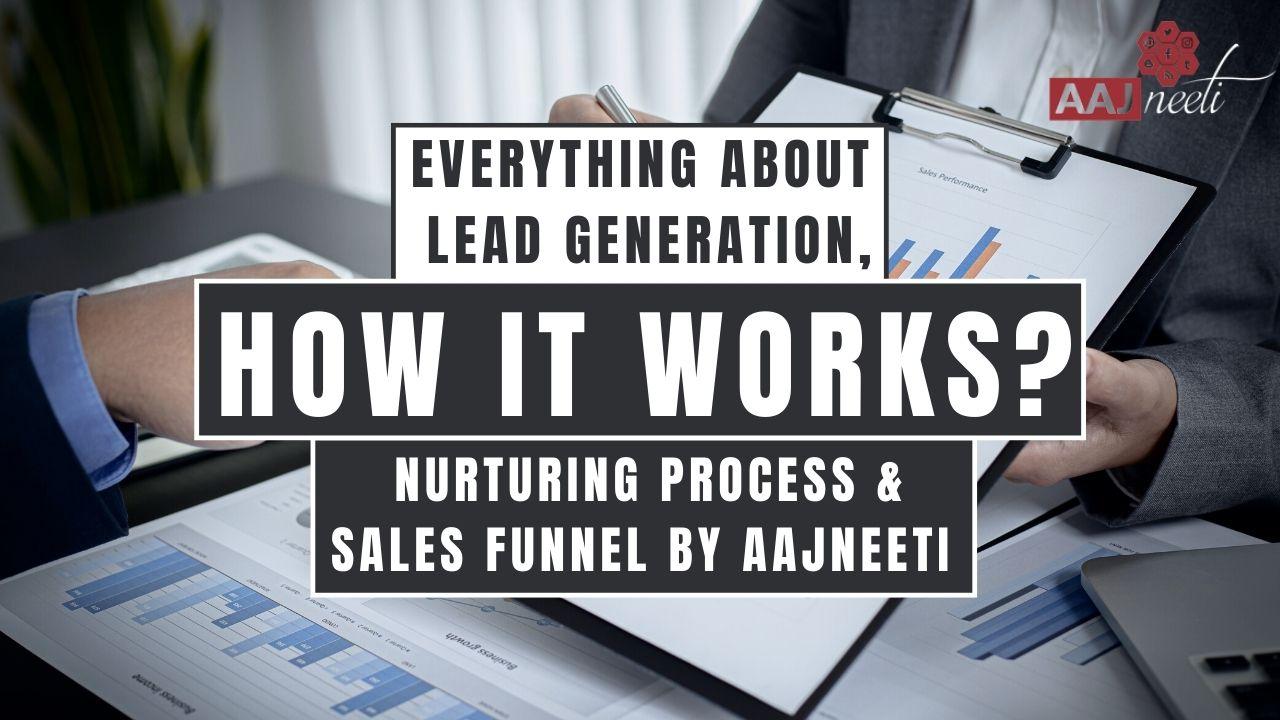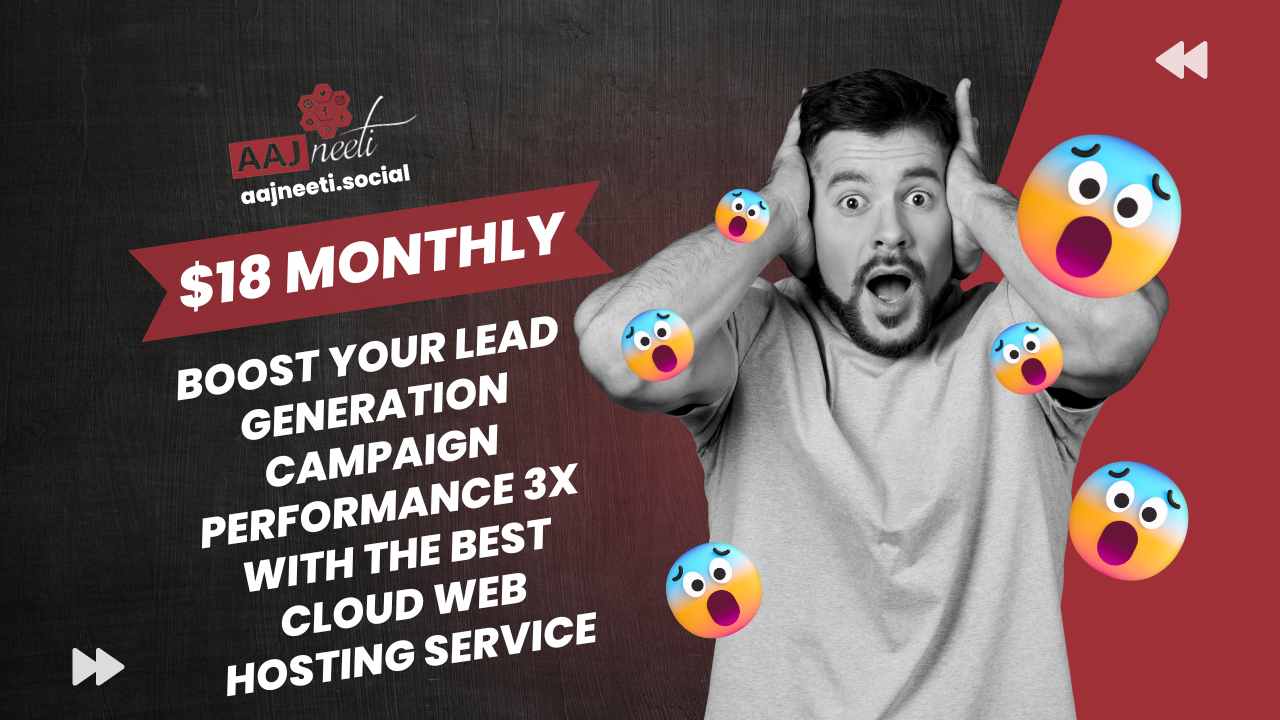Are you a marketer who’s confused as to how to generate leads for your business? If yes, then this article will hopefully clear all your confusions and it will give you a good idea about the two ways of generating leads out of which you can choose what is best for your interest.
What is Lead Generation?
Lead generation is basically a part of the marketing process which focuses on capturing the interest of the prospective buyer in a product or a service to stimulate sales. It helps you identify who is interested in your product.
It’s pretty clear that the process of generating leads is called lead generation. But what are leads? Leads are simply people who might be interested in your company’s offerings. They are potential customers for your company. Now you may wonder how would you know if a person is interested in your products or services, or you can say if a person is a lead. If a person reads about your product and is willing to share their information, such as their phone number or email ID, then it can be concluded that he/she is a lead.
Leads are contacted by the sales team of a company only after they have opened communication with the company i.e. they have showed interest in the product or the service that the company has to offer. This eliminates the pointless cold calling which is a total vibe kill. I mean who isn’t fed up of those telecallers who keep trying to sell you a credit card even when you have told them a thousand times that you don’t need one. It’s a no-good deal for the persons on either side of the phones.
Leads can be generated through various ways, which also include cold calling, sending emails to random people, however, it may not be the best way of doing it. In order to be able to get the best leads, one has to strategize the way in which they want to market their products/services. So, the best way to generate leads is by strategically targeting the right audience. This optimizes the process of marketing and the filtration of leads becomes a lot easier.
However, not all leads are created equal. There are different types of leads, such as Marketing Qualified Leads (MQLs), Sales Qualified Leads (SQLs), Product Qualified Leads (PQLs), and Service Qualified Leads, based on how they are qualified.
When you fill a job application form, you become a lead because you have shown interest in whatever the company is offering (which is a job here) and you have provided your details in order to be contacted by the employer.
Now that we have cleared what lead generation is let’s talk about why this process is important for marketing.
Why is Lead Generation Important?
The process of buying has evolved, and marketers need to find new ways to reach buyers and get heard through the noise. So now rather than finding customers with ways like mass advertising and email blasts, marketers are focussing on being found and are learning to build continuous relationships with buyers.
Many businesses today are dependent heavily on lead generation because it generates data of potential customers which can be converted into customers later.
Lead generation creates sales and increases organic customers, it saves time and money of both the parties – seller and consumer, and it gives an idea of the kind of people that are interested in your product.
Organic Leads or Paid Leads?
In order to understand the difference between organic leads and paid leads let’s discuss each kind in detail.
Organic Leads
Leads generated via organic marketing are called organic leads. Organic marketing is basically marketing which happens on its own, such as content marketing, it focuses on the content of the website and according to that the audience will be attracted if they like the content and if they don’t they won’t. This form of marketing does not involve paying to increase traffic on your website or to make your ranking in the search engine high. It is a totally organic form of promoting your business, could be by word of mouth, personally reaching potential clients and building a relationship with them, sending out emails to potential clients, and so on.
Organic leads can be very genuine as compared to paid leads, however, organic lead generation has its own drawbacks which makes it the lesser chosen option these days for businesses targeting a wider audience.
The two main drawbacks of organic lead generation are –
- It takes a lot of time
Organic lead generation depends a lot on communication and communication can be very time taking if one is trying to capture a potential client. Constant conversations, follow-ups, reminders through various social media platforms can be a time taking process.
The money you save in with not adopting the paid method is used here in the form of time, you know what they say “Money is time”, and in this form of lead generation you’re going to have to spend a lot of it! - Becomes difficult to scale
If you’re a small business starting up currently, you may have a lot of time to have meetings with prospective clients, but once things start scaling up if becomes very difficult to manage all the appointments with your limited time in a day. Then it becomes difficult to keep up with organic lead generation and paid methods seem to be less demanding.
The best way to generate leads organically is by optimizing your website and all the content so that your website ranks high on Google or any search engine and it’s easier to find your business. Search Engine Optimization and Content Marketing would be your two best friends for organic lead generation. Other than them, you should also stay in touch with Email Marketing, Product Trials, Referral Marketing, and Social Media Marketing.
Paid Leads
Paid leads are leads that are generated from any type of traffic that you can buy, it’s also leads that a business purchases from an advertiser. Either you can run paid ads and generate your own leads or you can purchase leads directly from a marketer who offers them.
The responses that come from running ads on any social media platforms, such as Facebook, LinkedIn, or any other platform will be called paid leads.
PPC or pay-per-click lead is a form of paid lead generation in which you buy ad space for selective keywords on the search engine and you pay for each click that sends the person to your website. People who are searching for those selective keywords come directly to your page, which makes it a very effective way of getting traffic on your website.
It’s suitable for businesses which have good advertising budget to spare as it requires constant paid ads to be run to maintain the traffic on your website.
Paid traffic is available through many ways, such as pay-per-click via search engines (Google, Yahoo, Bing), social media sites (Facebook, LinkedIn, Instagram), Pay-per view, banner ads, etc.
Conclusion
Organic marketing is a more investing process with long-term benefits, such as it builds credibility and trust, increases traffic, offers a high return on investment, and it is more sustainable.
However, if you’re looking for an effective and immediate way of increasing traffic on your website and you have the budget required for it, then you can opt for paid leads.
It is very much a matter of choice and preferences to choose the kind of leads you want. With the above information:
- you can differentiate easily between organic and paid leads and evaluate what kind of lead generation you want to go with.
- But it is advisable to practice both kinds of lead generation as both of them have their own pros and cons.
- It totally depends on what suits your business according to nature and the stage that your business is at.















